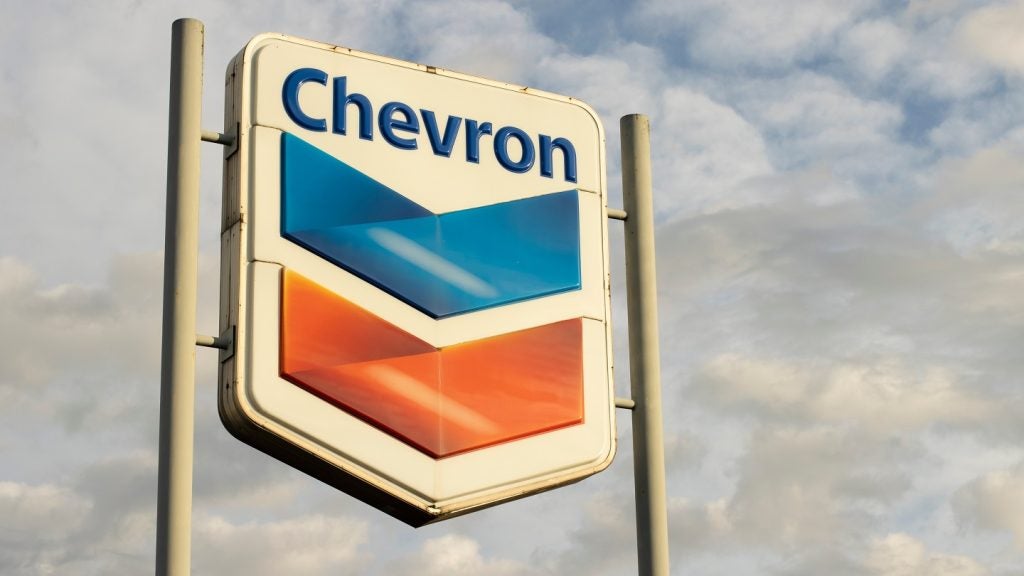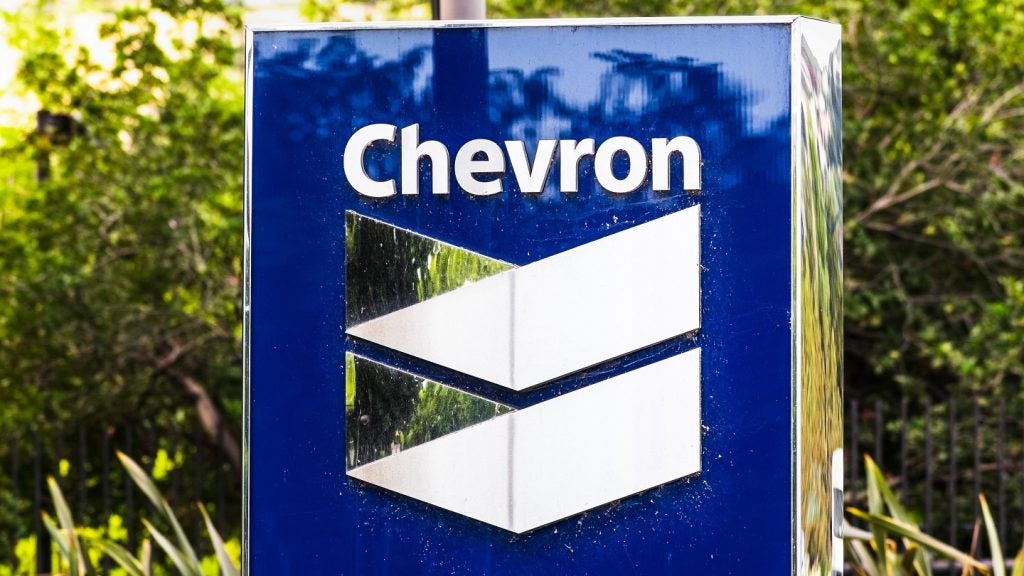Chevron has filed a patent for a method that involves treating a composition containing animal fats, plant oils, and other substances with a caustic solution. The treated composition is then combined with silica particles to form a slurry, which is further processed to remove the silica particles. The resulting treated composition has lower levels of metals, phosphorus, sulfur, and nitrogen compared to the original composition. The silica particles used have specific particle size and surface area characteristics. GlobalData’s report on Chevron gives a 360-degree view of the company including its patenting strategy. Buy the report here.
According to GlobalData’s company profile on Chevron, Anti-wear lubricants was a key innovation area identified from patents. Chevron's grant share as of September 2023 was 75%. Grant share is based on the ratio of number of grants to total number of patents.
Method for treating composition with caustic and silica particles
A recently filed patent (Publication Number: US20230303948A1) describes a method for treating compositions containing free fatty acids. The method involves glycerolysis of the starting composition, followed by contact with a caustic solution to produce a first mixture. The first mixture is then separated to obtain a caustic-treated composition and an aqueous waste with a pH ranging from about 2.0 to about 5.0. The caustic-treated composition is combined with silica particles to form a slurry, and the silica particles are subsequently removed to produce a treated composition.
The composition that undergoes treatment can include various types of fats, oils, greases, and used cooking oil, with a content of about 5 wt.% to about 15 wt.% free fatty acids. Additionally, the composition should contain at least 10 wppm of total metals, 8 wppm of phosphorus, 10 wppm of sulfur, and 20 wppm of nitrogen. The composition should also have an acid number ranging from about 10 mg KOH/g to about 150 mg KOH/g.
The treated composition obtained after the removal of silica particles has a free fatty acid content similar to that of the original composition. However, it contains lower levels of total metals, phosphorus, sulfur, and nitrogen compared to the starting composition. The silica particles used in the process have an average particle size ranging from about 10 microns to about 50 microns and a BET surface area from about 200 m2/g to about 1000 m2/g.
The patent also mentions additional details and variations of the method. For example, the starting composition can include yellow grease, brown grease, floatation grease, poultry fat, inedible corn oil, used cooking oil, inedible tallow, floatation tallow, palm sludge oil, or a mixture of any two or more of these substances. The total metals in the composition can include elements such as As, Ca, Cr, Cu, Fe, K, Li, Mg, Mn, Na, Ni, Pb, Sr, and Zn. The method can also involve an acid-degumming step or an alkalinity reduction step before contacting the composition with the caustic solution. Furthermore, the slurry formed by combining the caustic-treated composition with silica particles can be subjected to specific temperature and pressure conditions, and it can be processed in a continuous flow operation tank. The slurry can also be combined with diatomaceous earth (DE) in a specific weight ratio. The removal of silica particles can be achieved through filtration using pressure leaf filters, which can be pre-coated with DE, cellulose, or perlite.
In summary, the patent describes a method for treating compositions containing free fatty acids by combining glycerolysis, caustic treatment, and silica particle removal. The method aims to reduce the levels of impurities such as total metals, phosphorus, sulfur, and nitrogen in the treated composition while maintaining a similar free fatty acid content.
To know more about GlobalData’s detailed insights on Chevron, buy the report here.
Premium Insights
From

The gold standard of business intelligence.
Blending expert knowledge with cutting-edge technology, GlobalData’s unrivalled proprietary data will enable you to decode what’s happening in your market. You can make better informed decisions and gain a future-proof advantage over your competitors.





